Customer Company Size
Large Corporate
Region
- America
Country
- Brazil
- Argentina
- Bolivia
- Canada
- Chile
- Ecuador
- El Salvador
- Guatemala
- Nicaragua
- Paraguay
- Peru
- Venezuela
Product
- JDA® Enterprise Architecture
- JDA® Transportation Manager
- JDA® Transportation Modeler
- JDA® Transportation Planner
Tech Stack
- JDA Software’s Intelligent Fulfillment™ solutions
Implementation Scale
- Enterprise-wide Deployment
Impact Metrics
- Cost Savings
- Customer Satisfaction
- Productivity Improvements
Technology Category
- Functional Applications - Enterprise Resource Planning Systems (ERP)
- Functional Applications - Fleet Management Systems (FMS)
Applicable Industries
- Food & Beverage
Applicable Functions
- Logistics & Transportation
Use Cases
- Fleet Management
- Supply Chain Visibility
Services
- Cloud Planning, Design & Implementation Services
- System Integration
- Training
About The Customer
Ambev is a leading South American brewer and PepsiCo International, Inc.’s bottler outside of the U.S. Ambev and its subsidiaries produce, distribute and sell beer, carbonated soft drinks and other non-alcoholic and noncarbonated products in 14 countries (Argentina, Brazil, Bolivia, Canada, Chile, El Salvador, Ecuador, Guatemala, Nicaragua, Paraguay, Peru, Dominican Republic, Uruguay and Venezuela). The company holds a portfolio of “stars” including the beer brands Antarctica, Brahma, Bohemia, Skol, Original and Stella Artois; the carbonated soft drinks Guaraná Antarctica, Soda, Pepsi and Sukita; and the innovative H2OH! and Guarah! soft drinks.
The Challenge
Ambev, a leading South American brewer and PepsiCo International, Inc.’s bottler outside of the U.S., experienced a significant spike in order volume across its operating regions. This led to the company's decision to search for better transportation solutions that could handle increasingly complex demands from the company’s growing business. In addition to cost and efficiency concerns, Ambev also needed to ensure that customer service levels kept pace with increasing demand. Therefore, the company sought to improve asset utilization and processes while also positioning itself for continued future growth.
The Solution
Following an evaluation of the most relevant systems available in the market, Ambev decided to replace its legacy systems with JDA Software’s Intelligent Fulfillment™ solutions to better plan and manage its transportation network. Ambev also engaged JDA Services for the implementation project. The combined JDA and Ambev team initiated the installation in Brazil. Several factors made this project a complex implementation: Ambev had seven internal systems requiring integration points, seven separate partners that were involved in the project, as well as a sophisticated scope of business process requirements, such as advanced continuous moves, dock scheduling, fleet utilization and bottle returns.
Operational Impact
Quantitative Benefit

Case Study missing?
Start adding your own!
Register with your work email and create a new case study profile for your business.
Related Case Studies.

Case Study
The Kellogg Company
Kellogg keeps a close eye on its trade spend, analyzing large volumes of data and running complex simulations to predict which promotional activities will be the most effective. Kellogg needed to decrease the trade spend but its traditional relational database on premises could not keep up with the pace of demand.
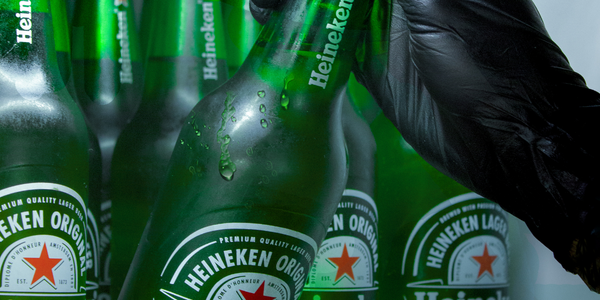
Case Study
HEINEKEN Uses the Cloud to Reach 10.5 Million Consumers
For 2012 campaign, the Bond promotion, it planned to launch the campaign at the same time everywhere on the planet. That created unprecedented challenges for HEINEKEN—nowhere more so than in its technology operation. The primary digital content for the campaign was a 100-megabyte movie that had to play flawlessly for millions of viewers worldwide. After all, Bond never fails. No one was going to tolerate a technology failure that might bruise his brand.Previously, HEINEKEN had supported digital media at its outsourced datacenter. But that datacenter lacked the computing resources HEINEKEN needed, and building them—especially to support peak traffic that would total millions of simultaneous hits—would have been both time-consuming and expensive. Nor would it have provided the geographic reach that HEINEKEN needed to minimize latency worldwide.
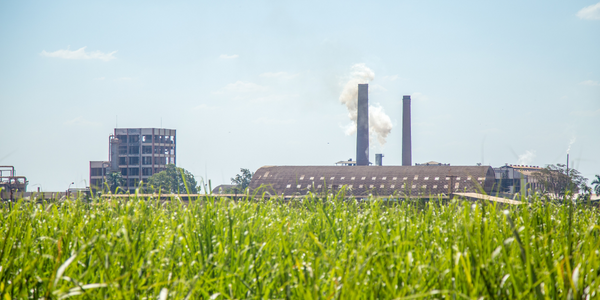
Case Study
Energy Management System at Sugar Industry
The company wanted to use the information from the system to claim under the renewable energy certificate scheme. The benefit to the company under the renewable energy certificates is Rs 75 million a year. To enable the above, an end-to-end solution for load monitoring, consumption monitoring, online data monitoring, automatic meter data acquisition which can be exported to SAP and other applications is required.
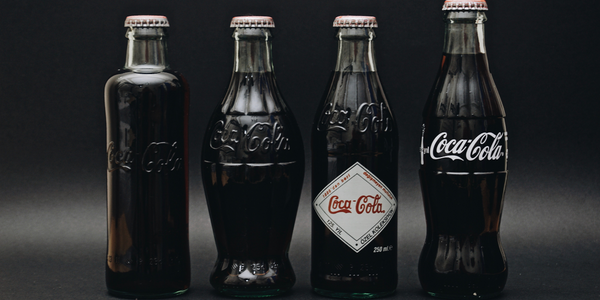
Case Study
Coca Cola Swaziland Conco Case Study
Coco Cola Swaziland, South Africa would like to find a solution that would enable the following results: - Reduce energy consumption by 20% in one year. - Formulate a series of strategic initiatives that would enlist the commitment of corporate management and create employee awareness while helping meet departmental targets and investing in tools that assist with energy management. - Formulate a series of tactical initiatives that would optimize energy usage on the shop floor. These would include charging forklifts and running cold rooms only during off-peak periods, running the dust extractors only during working hours and basing lights and air-conditioning on someone’s presence. - Increase visibility into the factory and other processes. - Enable limited, non-intrusive control functions for certain processes.
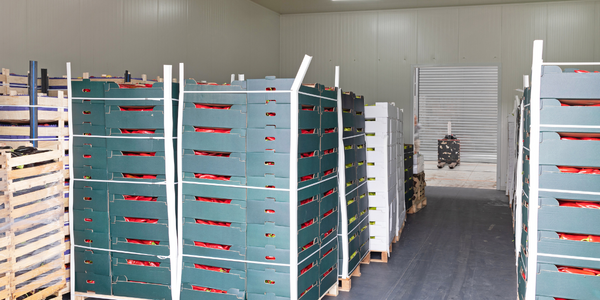
Case Study
Temperature Monitoring for Restaurant Food Storage
When it came to implementing a solution, Mr. Nesbitt had an idea of what functionality that he wanted. Although not mandated by Health Canada, Mr. Nesbitt wanted to ensure quality control issues met the highest possible standards as part of his commitment to top-of-class food services. This wish list included an easy-to use temperature-monitoring system that could provide a visible display of the temperatures of all of his refrigerators and freezers, including historical information so that he could review the performance of his equipment. It also had to provide alert notification (but email alerts and SMS text message alerts) to alert key staff in the event that a cooling system was exceeding pre-set warning limits.
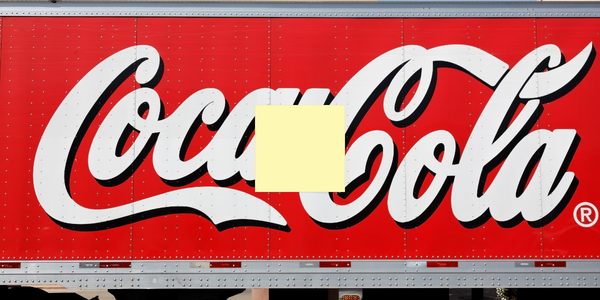
Case Study
Coca-Cola Refreshments, U.S.
Coca-Cola Refreshments owns and manages Coca-Cola branded refrigerators in retail establishments. Legacy systems were used to locate equipment information by logging onto multiple servers which took up to 8 hours to update information on 30-40 units. The company had no overall visibility into equipment status or maintenance history.







